A potpourri is a collection of spices and plants that create a pleasant aroma together. This new series assembles a list of links to recently interesting things in visualization, from both information visualization (InfoVis, which I normally cover on this site) and scientific visualization (SciVis) – the latter covered by new blog collaborator and medical visualization assistant professor, Noeska Smit.
The items below are an unordered mix of SciVis and InfoVis on purpose. The goal with this type of posting is not to be the all-encompassing Complete List of Everything that Andy Kirk tends to post, but to be much more selective and opinionated.
Steve Haroz has put together a great collection and analysis of Open Access papers that will be presented at the IEEE VIS conference in early October. On the oavis page, you get an interactive overview of the available PDFs, materials, data, and explanations, for each of the VIS tracks per session. Steve is handing out Open Access badges per paper, and it seems SciVis and VAST are lagging behind InfoVis quite a bit. Also check out Steve’s detailed analysis here.
Kitware’s VTK (visualization toolkit) had a new major release this summer: VTK 8.0.0. While larger updates to the rendering process were a focus in the 7.x.x series, 8.0.0 also brings improvements such as a Vertex Buffer Object cache, GPU volume texture streaming, and an improved dual depth peeling pass. Other key items in this release include the introduction of VTK-m, a Lagrangian particle tracer, a new QVTKOpenGLWidget, and improved data loading for large files.
Speaking of toolkits, Elijah Meeks has released a new data visualization framework for ReactJS, called Semiotic (here’s a nice little introduction). It’s an interesting approach to building visualizations for the web, and particularly interesting if you’re already using React. Coming from Elijah, the tagline is no surprise:
Semiotic is an opinionated framework optimized to enable effective communication through data visualization.
The Dear Data project made huge waves last year. It’s no longer just a beautiful book, Giorgia Lupi and Stefanie Posavec have just released a postcard kit to get you started on your own data correspondents project. The kit includes not just cards, but prompts and ideas for what to collect data about. This would make a great gift, say for your favorite visualization blogger.
Lisa Charlotte Rost tells a story with data about how vote counts turn into parliamentary seats in Germany. She does not use visualization, steppers, or scrollytelling, however. Instead, it’s a spreadsheet. For this kind of detailed walk-through, this is a very interesting idea, and very effective. You can see the calculations in each cell to see more detail than is in the explanation.
Emma Robinson has written up a great SciVis blog post on her recent work on The Cortical Explorer. She describes the features of this online brain explorer, the motivation behind it, and future plans, in an easier to digest format than you would find in a paper. You can now also play around with this brain yourself in your browser and make it explode as you see fit! I really hope to see more such blog posts in the future, because these ‘science in plain English’-type of posts can also be of great interest to a broader audience.
The short video Unendurable Line is a fascinating exercise in showing a sort of data together with the phenomenon it’s based on, plus sound, in real time. It’s impossible to explain, you have to watch it. It’s worth two minutes of your time, though, and I don’t say that lightly about videos.
And that’s a wrap for the first Vis Potpourri! Let us know if you like the format and if there’s anything you think we should change.
The Author
Robert Kosara is a Senior Research Scientist at Tableau Software and formerly Associate Professor of Computer Science at UNC Charlotte. He has created visualization techniques like Parallel Sets and performed research into the perceptual and cognitive basics of visualization. Recently, Robert’s research has focused on how to communicate data using tools from visualization, and how storytelling can be adapted to incorporate data, interaction, and visualization.
Robert received his M.Sc. and Ph.D. degrees in computer science from Vienna University of Technology (Vienna, Austria). His list of publications can be found online on his vanity website. He can be found on Twitter, LinkedIn, and Google Scholar. You can also use this site’s contact form to send him an email.
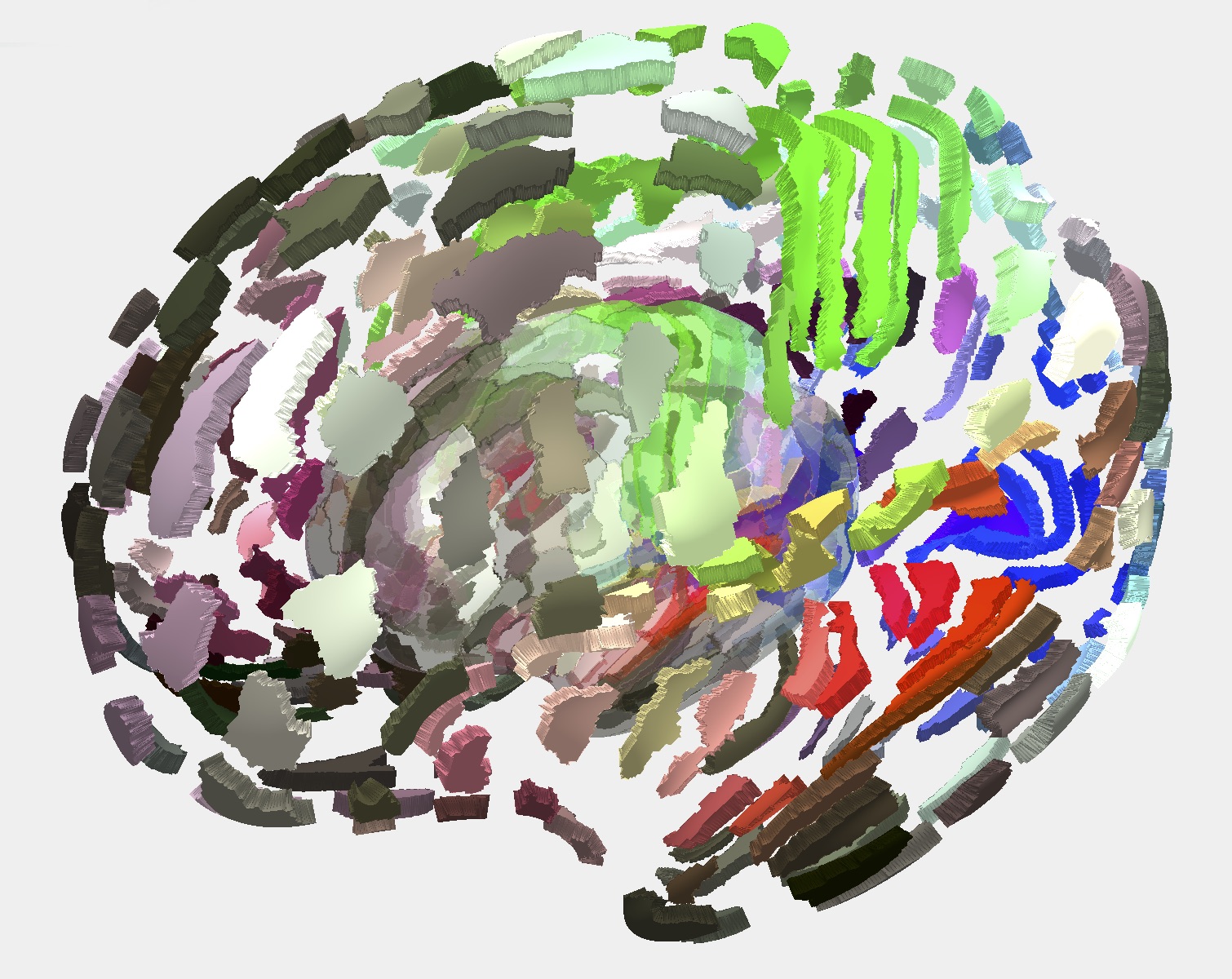

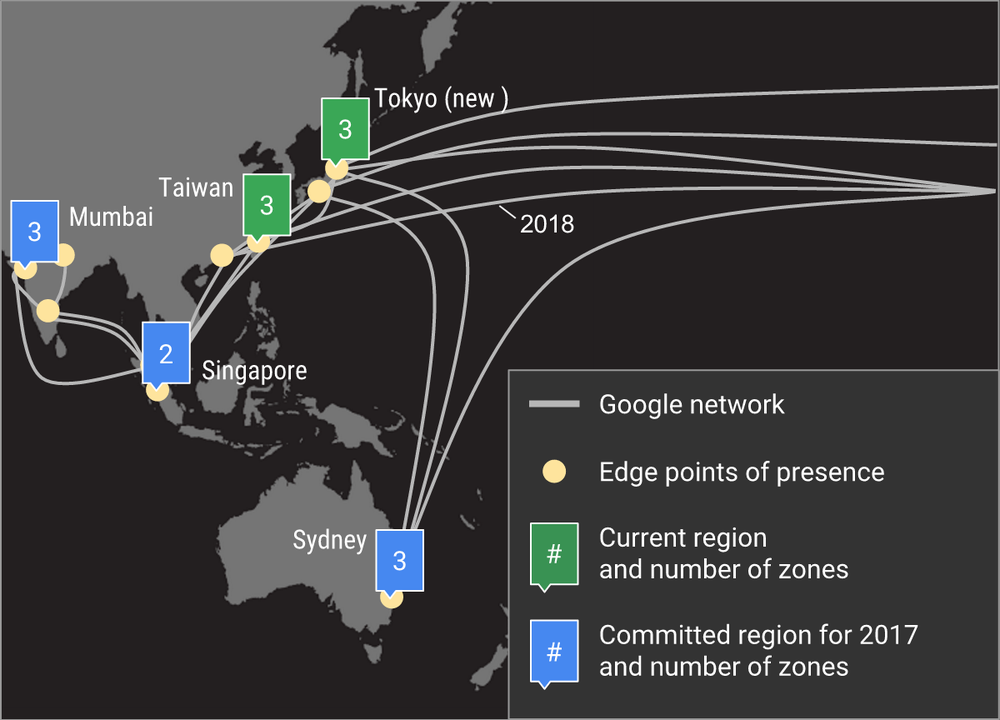

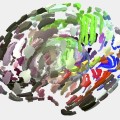
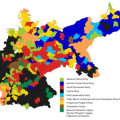





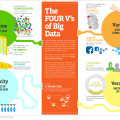
Recent Comments